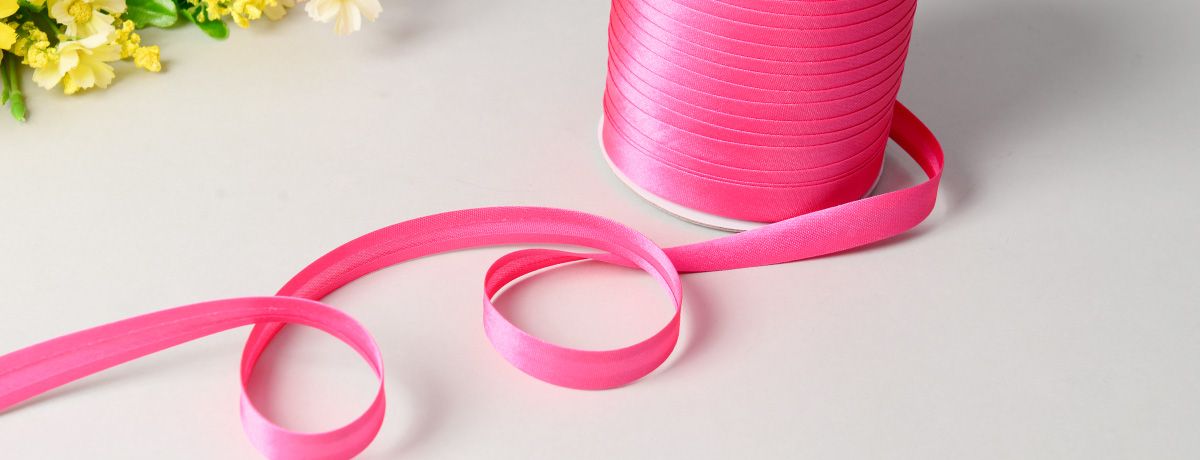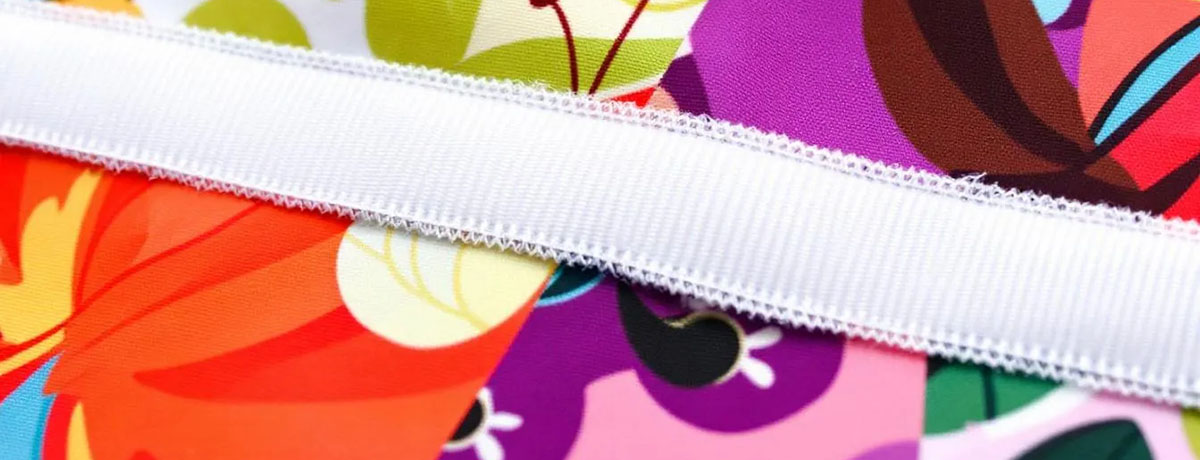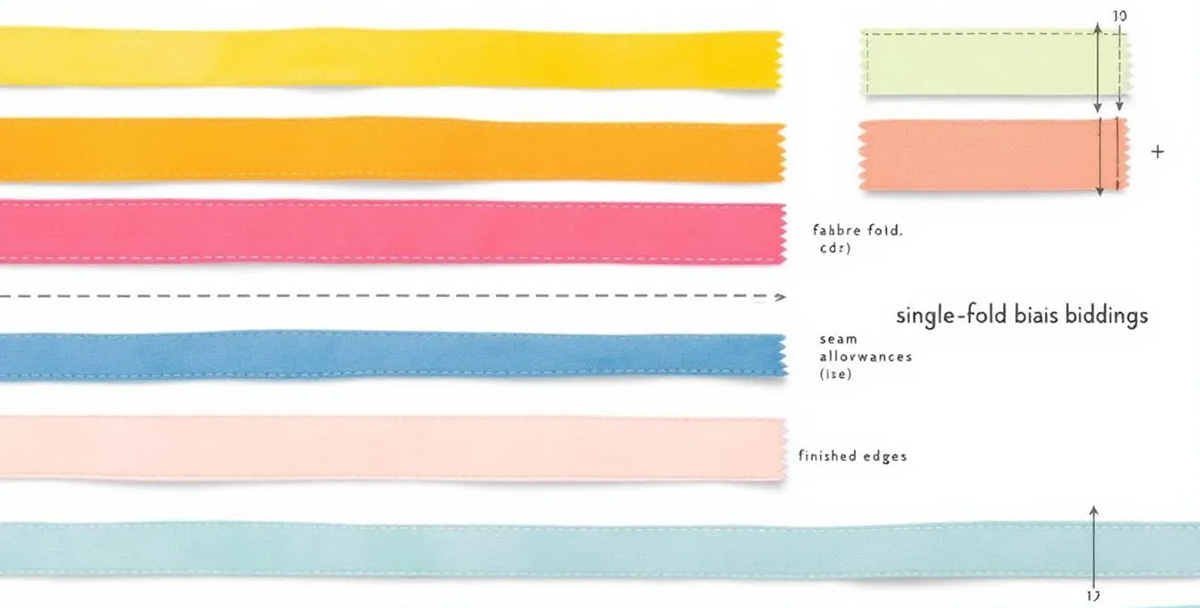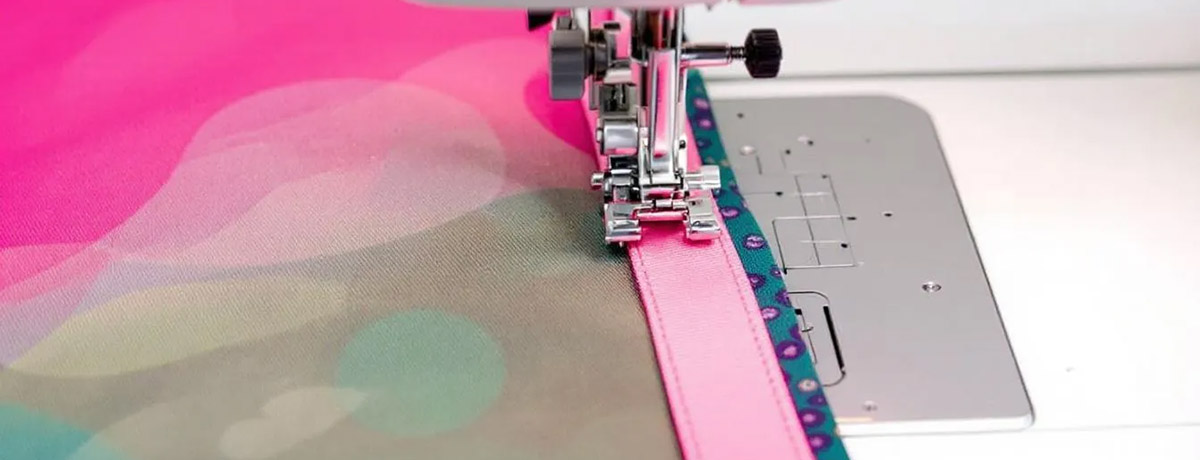Mastering Single Fold Bias Binding: A Step-by-Step Guide

Single fold bias binding is a simple yet effective way to finish raw edges in sewing projects. This guide will show you why and how to use it.
Key Takeaways
-
Single fold bias binding is a versatile and easy-to-use option for finishing raw edges, especially great for beginners and detailed projects.
-
Customization of bias binding allows sewists to select fabrics, colors, and patterns, enhancing the overall design of their creations.
-
Using a bias tape maker streamlines the process of creating uniform binding and maintaining quality through proper washing and storage contributes to a professional finish.
What is Single Fold Bias Binding?

Single fold bias binding is a type of bias tape used in sewing, characterized by:
-
Edges that are folded just once, creating three segments.
-
Having fewer layers compared to double fold bias tape, which is folded twice to create four layers.
-
Greater flexibility and less bulkiness.
-
Being ideal for projects where a streamlined finish is desired due to its simplicity. Additionally, single fold bias tape is often preferred for its ease of use, especially in single and double fold applications.
One of the primary uses of single fold bias binding is for finishing raw edges and creating decorative finishes. Typically, it is sewn along one edge and then folded under, making it primarily visible from the underside of a project. This makes it an excellent choice for appliqué and other decorative sewing techniques where you want the binding to be subtle yet effective, especially when the raw edge edges folded create a clean finish.
In addition to its functionality benefits, single fold bias binding can be used creatively in various sewing projects. Whether you’re working on garments, home textiles, or crafts, this type of bias tape can enhance the overall design, adding a professional touch to your creations.
Why Choose Single Fold Bias Binding?

Why opt for single fold bias binding over other types? For starters, it’s particularly beneficial for projects like appliqué because it eliminates excess fabric layers, resulting in a cleaner and more refined finish. This can be especially important in detailed work where precision and neatness are key.
Another advantage is its ease of use, especially for novice sewers. Unlike double fold bias tape, which can be more cumbersome to handle, single fold binding is simpler to manage and apply. This makes it a great starting point for beginners at the beginning who want to achieve professional-looking results without the added complexity.
Moreover, using single fold bias binding allows for a more streamlined finish, enhancing the overall aesthetic of smaller projects. Whether you’re working on a delicate garment, a small craft project, or a detailed appliqué, single fold bias binding provides a neat and polished look that elevates your work.
Materials for Single Fold Bias Binding
The choice of material for your bias binding can significantly impact the final look and feel of your project. Bias tape is commonly made from materials such as cotton fabric and knit fabric. Cotton bias tape is particularly popular due to its breathability, making it ideal for clothing and quilting projects. It’s soft, easy to handle, and provides a clean finish.
Polyester bias tape, on the other hand, is known for its durability and resistance to fraying. This makes it a great choice for projects that will undergo frequent washing or heavy use. A poly-cotton blend combines the best properties of both polyester and cotton, resulting in a versatile binding material. It offers the durability of polyester with the softness and breathability of cotton.
When selecting the right material for your project, consider the specific needs of your project. For example, if you’re working on a garment that will be worn frequently, polyester or a poly-cotton blend might be the best choice. For a quilt or a lightweight summer dress, cotton bias tape could be more suitable.
How to Make Your Own Single Fold Bias Binding
Creating your own single fold bias binding can be a rewarding process, allowing you to customize it to your specific needs. To start, cut your fabric cut on the bias, which means at a 45-degree angle to the grain of the fabric. This cutting method allows the tape to have more stretch and flexibility, essential for binding curves and edges.
Before you start cutting, follow these steps to prepare your fabric for bias binding strips:
-
Square your fabric to ensure accurate bias binding strips.
-
For delicate fabrics, consider sandwiching them between paper while cutting to prevent stretching and distortion.
-
Cut the strips to twice the desired finished width. For example, if you need a 1-inch finished width, cut your strips 2 inches wide.
Manually folding the bias tape involves folding the strip of fabric in half with pressed edges, then folding the edges toward the center crease and pressing again. This can be time-consuming, but it ensures precise folds. Alternatively, using a bias tape maker can simplify the process significantly. Feed the fabric strip into the bias tape maker, pull it through, and press with a hot iron for crisp folds.
When joining strips, align the edges at a 45-degree angle and stitch to create seamless bias tape strips. This method ensures that the joins are smooth and the tape lies flat against your project. Pressing the strips at each step of the process will result in a professional-looking single fold bias binding.
Sewing Single Fold Bias Binding

Sewing single fold bias binding is an art that, when mastered, can significantly enhance the quality of your sewing projects. Begin by measuring the neckline or edge you plan to bind and cut the binding about 4 cm longer than that measurement. This extra length allows for adjustments and ensures a perfect fit.
To properly apply binding strips:
-
Cut your binding strips at a width of 1.5 inches to allow for sufficient seam allowance and adjustments during sewing.
-
Before applying the binding, press it to ensure smooth application and a polished finish.
-
When sewing, align the folded edge of the binding with the edge of your garment, being careful not to stretch either the binding or the garment.
Joining shorter strips of binding can be done by:
-
Aligning them at a right angle and sewing diagonally to create longer lengths.
-
After stitching the binding, trimming the seam allowance.
-
Understitching the seam to ensure the binding lies flat against the fabric.
This technique prevents the binding structure from rolling and keeps it perfectly secured in place.
Applications for Single Fold Bias Binding
Single fold bias binding is incredibly versatile and can be used in various sewing projects. It’s commonly used for:
-
Finishing armholes and necklines, providing a neat look on the garment’s right side
-
Finishing edges on garments
-
Creating hems
-
Adding decorative accents
In home textiles, single fold bias binding can be applied to pillowcases, table runners, and curtains for a polished finish. Craft enthusiasts often use bias tape for making fabric baskets, bags, and other DIY projects that inspire hope.
Quilters may use single fold bias binding to finish quilt edges, ensuring a neat and professional look. Whether you’re working on clothing, home décor, or crafts, single fold bias binding offers both functional and decorative benefits. Its versatility makes it a valuable addition to any sewing toolkit, especially when considering quilt binding.
Customizing Your Single Fold Bias Binding
Creating your own bias tape provides the opportunity to select specific colors, patterns, and fabric weights that match your project needs. This level of customization allows you to match seasonal themes or specific garment styles, making it a versatile choice for sewists.
Choosing a contrasting color or pattern for the binding can enhance the visual appeal of the finished project. For example, a lightweight cotton fabric for bias binding allows for easier manipulation and a better finish. Using a bias tape maker simplifies the process of folding binding and enhances its manageability for sewing.
Using a bias tape maker ensures uniform folding of the wide bias tape, which enhances the overall appearance of the binding. Custom bias tape can truly elevate your projects, adding a unique and personal touch.
Maintaining Quality in Single Fold Bias Binding
Maintaining the quality of your single fold bias binding is crucial for achieving a professional finish. Using a mild detergent and cool water during the first wash helps prevent damage to the binding. Incorporating a color catcher when washing can prevent dye bleeding from fabrics.
Pressing the binding from both the right sides and wrong side enhances the finished appearance of the neckline. Winding finished bias tape around cardstock helps keep it neatly pressed and ready for future use. Storing bias binding in a cool, dry place helps preserve its quality and prevents damage.
Following these tips ensures your bias binding remains in top condition, ready for future sewing projects.
Wholesale Order
If you’re in need of bulk bias binding, MH is a professional wholesale supplier of garment accessories and fabrics from China. They focus solely on wholesale, not retail, and are known for their reliability, consistent quality, and long-term partnerships in the global market.
MH provides factory-direct pricing and bulk supply for wholesalers, making it an ideal choice for garment factories and tailoring workshops. They offer a complete range of bias binding tapes, including:
-
single fold
-
double fold
-
printed styles ensuring that you can find the perfect binding for your needs.
With over 20 years of experience in bias tape manufacturing, MH employs a strict quality control process to ensure consistent folding and stitching quality. They export bias binding tapes to over 150 countries worldwide, providing a reliable and high-quality product for all your sewing needs.
Summary
In summary, single fold bias binding is a versatile and essential tool for any sewing enthusiast. From its creation to its application, mastering this technique can significantly enhance the quality and appearance of your projects. Whether you’re finishing a garment, adding a decorative touch, or working on a home décor item, single fold bias binding provides a professional and polished finish.
We hope this guide has inspired you to try making and using your own single fold bias binding. With the right materials, tools, and techniques, you can achieve beautiful and professional results in your sewing projects. Happy sewing!
Frequently Asked Questions
What is the main difference between single fold and double fold bias tape?
The main difference is that single fold bias tape is folded once, while double fold bias tape is folded twice, giving it four layers. So, if you need extra durability or a polished look, double fold is your go-to!
Why should I use single fold bias binding for my projects?
Using single fold bias binding is a great choice because it's simpler to handle, making it perfect for beginners, and it gives your projects a clean, polished look. Plus, it's ideal for smaller items where you want a neat finish!
Can I make my own single fold bias binding?
Absolutely, you can make your own single fold bias binding by cutting fabric on the bias and either using a bias tape maker or folding it by hand. It's a great way to personalize your projects!
What materials are best for making bias binding?
Cotton, polyester, and poly-cotton blends are the best materials for making bias binding, as they each provide unique benefits like breathability and durability. Choosing the right fabric depends on the specific project you're working on!
How can I maintain the quality of my bias binding?
To maintain the quality of your bias binding, wash it with mild detergent and cool water, then press it from both sides. Make sure to store it in a cool, dry place to keep it in great condition.


